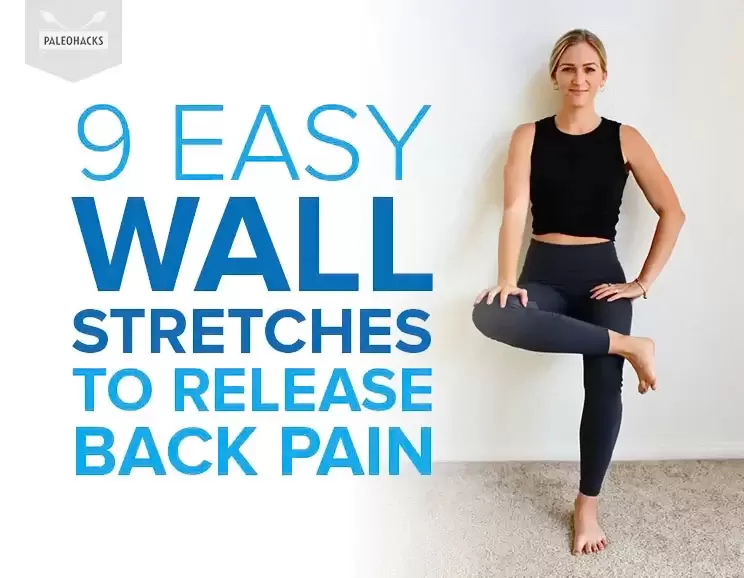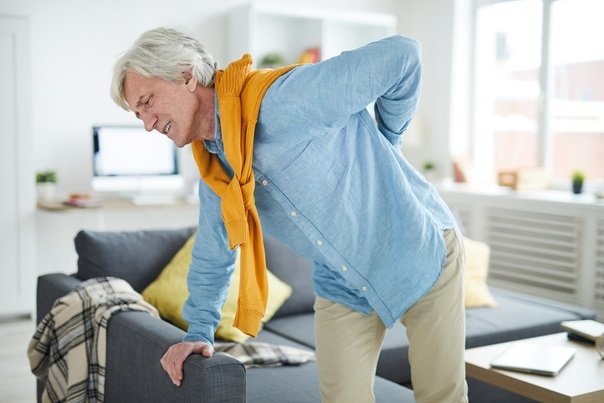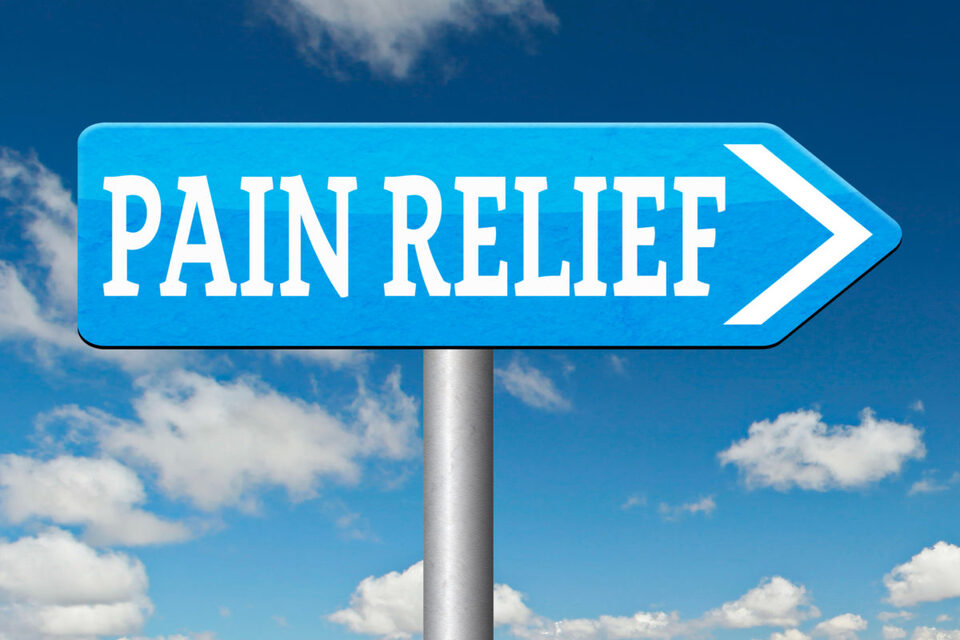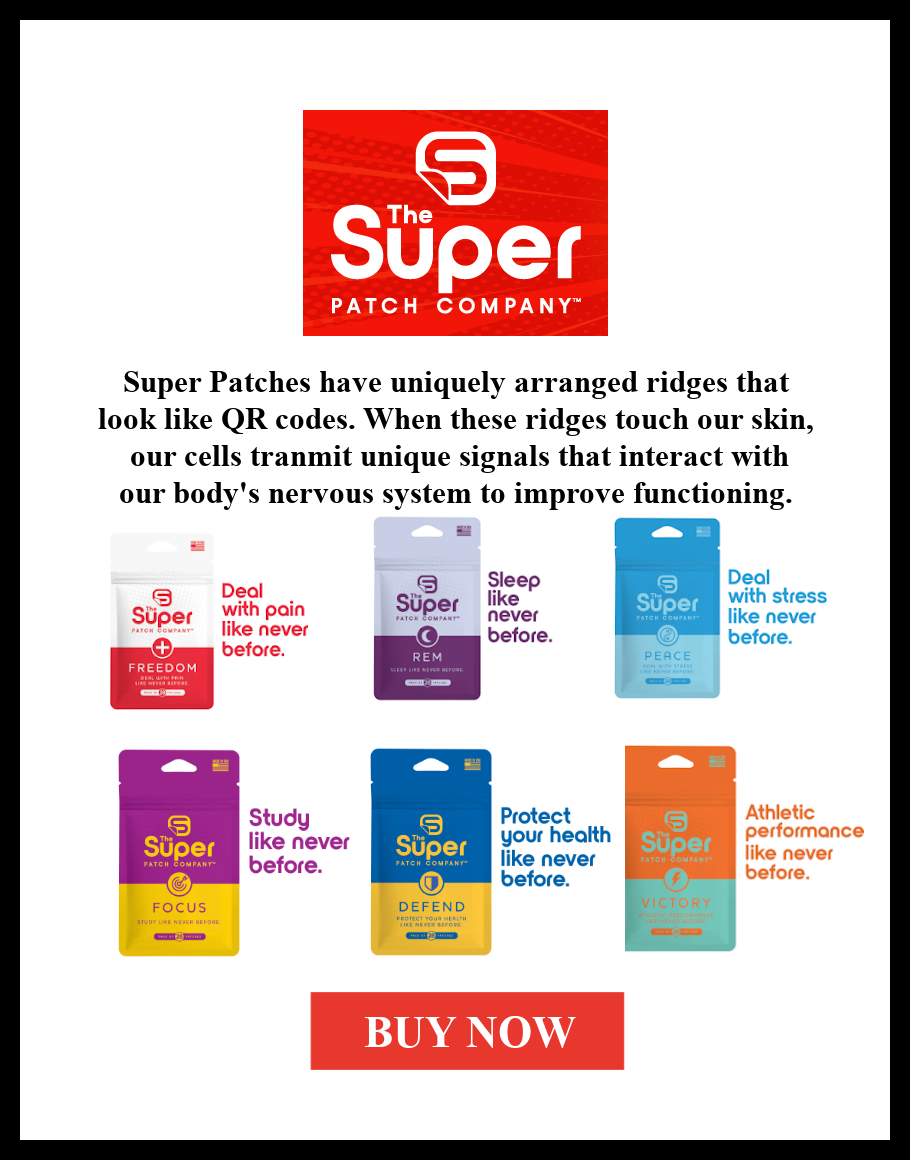
You may think of stretching as something performed only by runners or gymnasts. But we all need to stretch in order to protect our mobility and independence, especially as we age.
Note: The stretches presented here are not a replacement for a physical therapy program and may not be suitable for everyone.
Why stretching is important
Stretching keeps the muscles flexible, strong, and healthy, and we need that flexibility to maintain a range of motion in the joints. Without it, the muscles shorten and become tight. Then, when you call on the muscles for activity, they are weak and unable to extend all the way. That puts you at risk for joint pain, strains, and muscle damage.
When tight muscles are suddenly called on for a strenuous activity that stretches them, they may become damaged from suddenly being stretched. Injured muscles may not be strong enough to support the joints, which can lead to joint injury. Regular stretching keeps muscles long, lean, and flexible, and this means that exertion won't put too much force on the muscle itself. Healthy muscles also help a person with balance problems to avoid falls.
Wall stretches are quick and, easy and don't require that you to get down and roll around on the floor. It's a great alternative when you're unsure of how clean the floor is and/or if you lack the mobility to get up and down. The one big difference is that all standing wall stretches are weight bearing which puts a different kind of stress on your low back. So keep that in mind as you proceed. Whether you’ve got lower back pain, middle back soreness or aches in your upper back and shoulders, these gentle wall stretches can help.
An achy back and tight shoulders don’t stand a chance with these easy wall stretches.
Where to start
The areas critical for mobility are in your lower extremities: Your calves, hamstrings, hip flexors in the pelvis, and quadriceps in the front of the thigh. Stretching your shoulders, neck, and lower back is also beneficial. Aim for a program of daily stretches at least 3 or 4 times per week.
Here is a guide that lists what muscle group each of the pictured stretches in this graphic target:
1. Double V – this stretches the back of the shoulders and upper back.
2. Side Bend – Stretches low and side back and outer hip.
3. Puppy Stretch – Stretches the triceps and upper chest.
4. Knee to Chest – Stretches low back and opposite hip flexor.
5. Figure 4 – Stretches the glutes.
6. Supine Twist – stretches chest, front of shoulders and lower back.
7. Wall Downdog – Stretches hamstrings.
8. Standing Forward Bend – Stretches low and middle back and hamstrings.
9. Hamstrings stretch – Stretches hamstrings.
These nine wall stretches can be done as a routine or individually. We recommend that you do these stretches two or three times a day to help beat back tightness and pain – just check with your doctor first.
Double V | 30 sec per side

Start with this stretch to relieve tightness between the shoulder blades.
- Stand to face a wall. Place your hands on the wall and turn your fingers inward to face each other.
- Crawl your hands past each other to cross your arms. Continue crawling your hands outward until your arms are straight.
- Turn your palms to face away from the wall and step your feet closer to the wall. Hold for 30 seconds, taking deep breaths and feeling your back stretch. Then, switch the crossing of your arms and repeat.

Side Bend | 30 sec per side
Use this stretch to loosen up the muscles between your ribs, which can cause back pain and constricted breathing when tight.
- Stand with your right shoulder facing the wall. Place your right palm on the wall and step your feet away from the wall until your arm is straight. Your wrist should be in line with your shoulder.
- Reach your left arm up and over your head so that your fingers are reaching towards the wall. Gently bump your hips to the left.
- Breathe into your left side as you hold for 30 seconds, then switch sides.
Puppy Stretch | 30 sec
This stretch helps ease pain and tightness in the mid-upper back and shoulders.
- Stand about a foot away from the wall, facing it. Reach your arms up to the wall and bring your palms to touch.
- Bend your elbows to bring your thumbs behind your head, pressing your chest towards the wall. For a deeper stretch, step your feet further away from the wall.
- Hold for 30 seconds.
Knee-To-Chest | 30 sec per side
The stretch alleviates tightness in the hip flexors, which can lead to lower back pain.
- Lean with your back against the wall, and your feet about a one-foot distance from the wall.
- Pick up your right foot and lift the knee up towards your chest. Interlace your hands around the front of your knee and squeeze it up and in.
- Hold for 30 seconds, then switch sides.
Figure 4 | 30 sec per side
This stretch opens up the outer hip and glute muscles, which can compress the sciatic nerve and cause lower back pain.
- Remain with your back against the wall. Step your toes out about two feet away from the wall.
- Pick up your right foot and cross your right ankle over your left thigh.
- Bend your left knee and slide your back down the wall your knee should be at a 90-degree angle. Flex your right foot. You should feel a stretch through your outer right hip.
- For a deeper sensation, gently press down on your right thigh to open the hip. Hold for 30 seconds, then switch sides.
Supine Twist | 30 sec per side

Gently twist your spine in this wall stretch to increase mobility and relieve pain in the upper and lower back.
- Stand with your back against the wall and your feet a few inches away.
- Pick up your right knee and hug it into your chest.
- Take a breath in and on your exhale, use your left hand cross your right thigh across your body. Straighten your right arm out along the wall with your palm facing forward.
- Hold the twist for 30 seconds to feel your chest, lower back, and hip opening. Then, switch sides.
Find a Physical Therapist near you!
Wall Downdog | 30 sec

Alleviate upper back pain and stiffness with this wall stretch that loosens up the lats, chest, and shoulders.
- Begin standing with your hands shoulder-width distance apart on the wall.
- Walk your feet back and crawl your hands down the wall until they are at your hip-height.
- Then, position your ankles in line with your hips so that your body is at a 90-degree angle from the wall.
- Press your palms into the wall and gently lower your chest down to feel a stretch along the chest and shoulders. Hold for 30 seconds.
Find a Physical Therapist near you!
Standing Forward Bend | 30 sec

Relax your lower back muscles in this pain-relieving wall stretch.
- Stand with your back against the wall and walk your feet out about a foot.
- Bring a generous bend into your knees and fold forward with a flat back, bringing your hands to the floor. If they can’t reach the floor, bend your knees even more.
- Rest your torso on your thighs and let your head and shoulders relax. Hold for 30 seconds as you feel your lower back and hamstrings release.
Hamstrings Stretch | 30 sec per side
Tight hamstrings can lead to tight hip flexors, which contributes to back pain. Relieve hamstring tightness quickly with this stretch.
- Stand to face the wall.
- Place your right foot up on the wall about hip-height. Your legs should be at a 90-degree angle. Press your foot firmly into the wall for stability.
- Reach towards your toes with both hands, bending your knee as much as you need to reach your hands to your foot. Hold for 30 seconds, then switch sides.
Author Kelly Collins is a certified personal trainer, a Yoga Alliance Registered Yoga Teacher, has her B.S. in Kinesiology and is a contributing author at paleohacks.com where parts of this article first appeared.
Additional contributions and edited by Randi Brodmann, N.D., C.P.R.S., C.C.S2K
Related Articles
The Best Natural Treatments for Sciatica and Pseudo Sciatica
Don’t Agonize, Mobilize for Pain Relief
Yoga Therapy for Pain Relief
Natural Alternatives to Muscle Relaxants














Comments